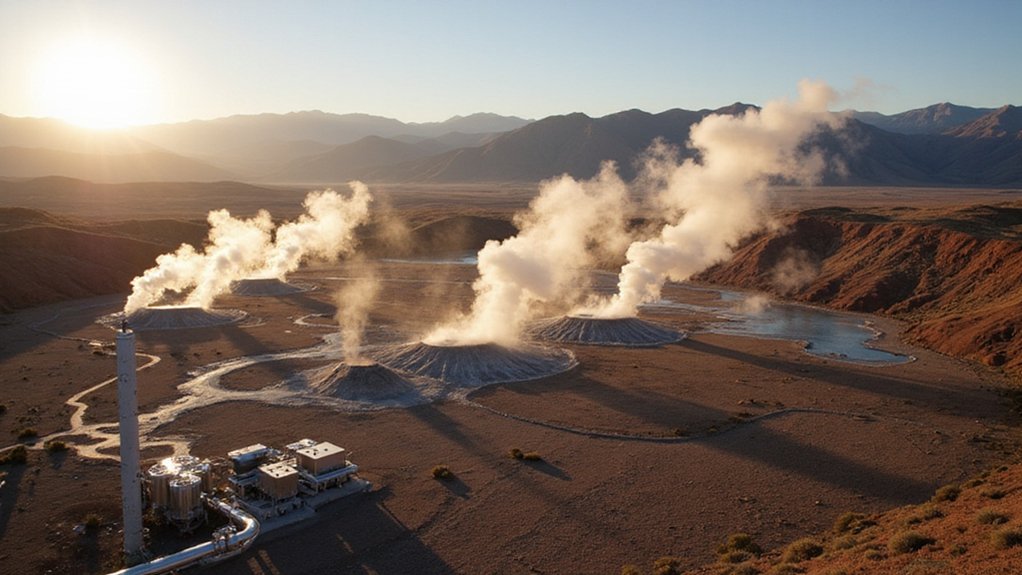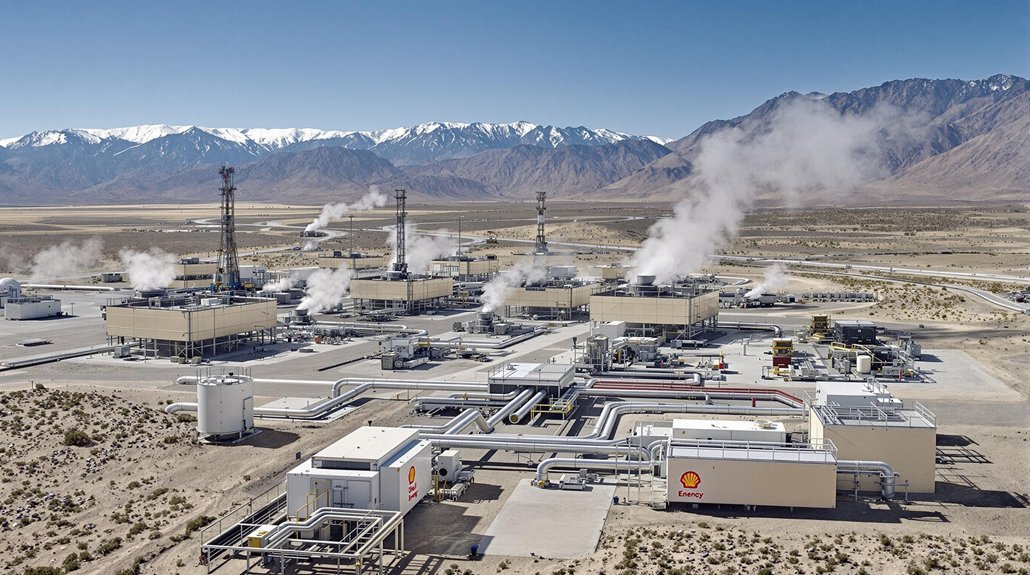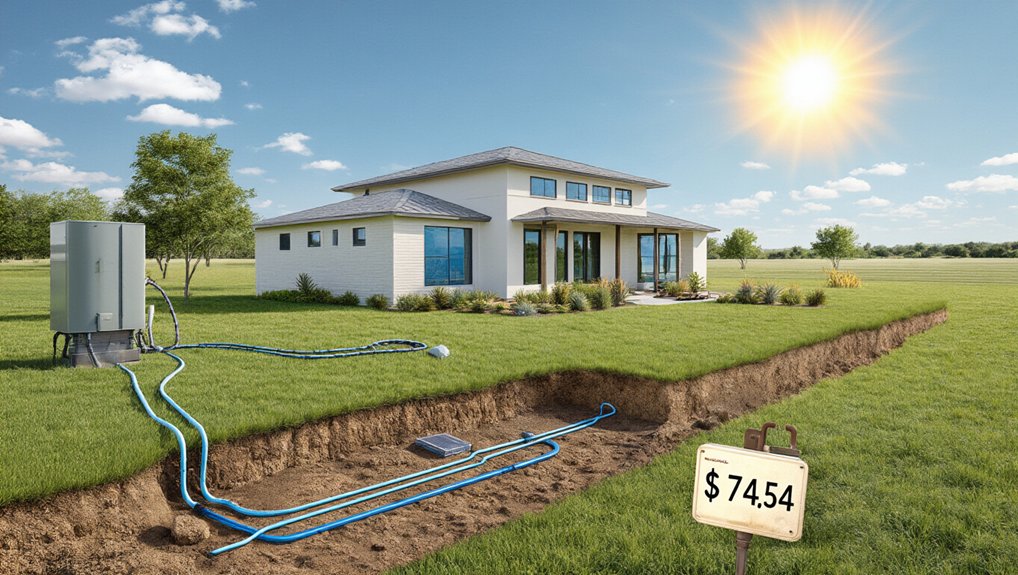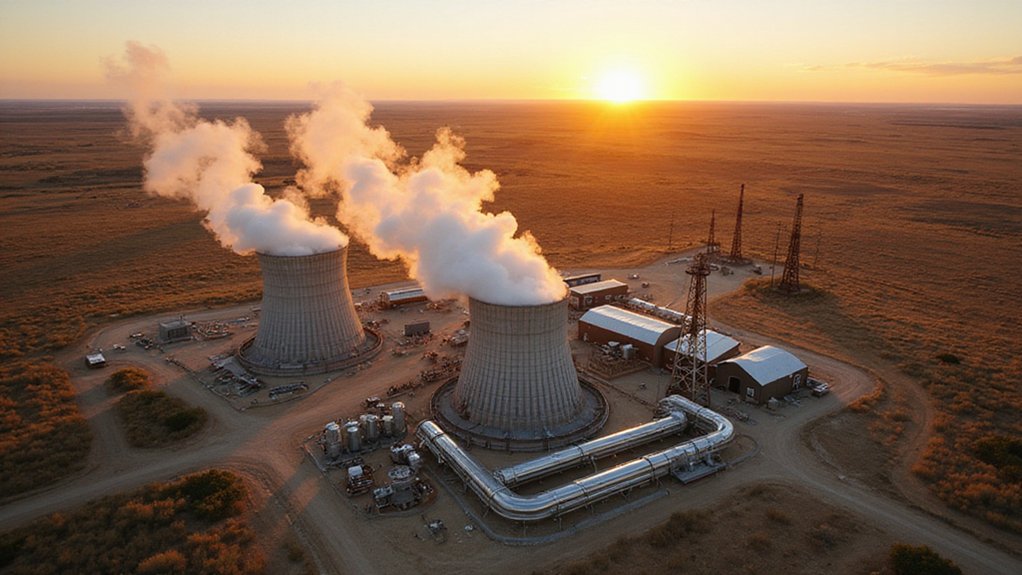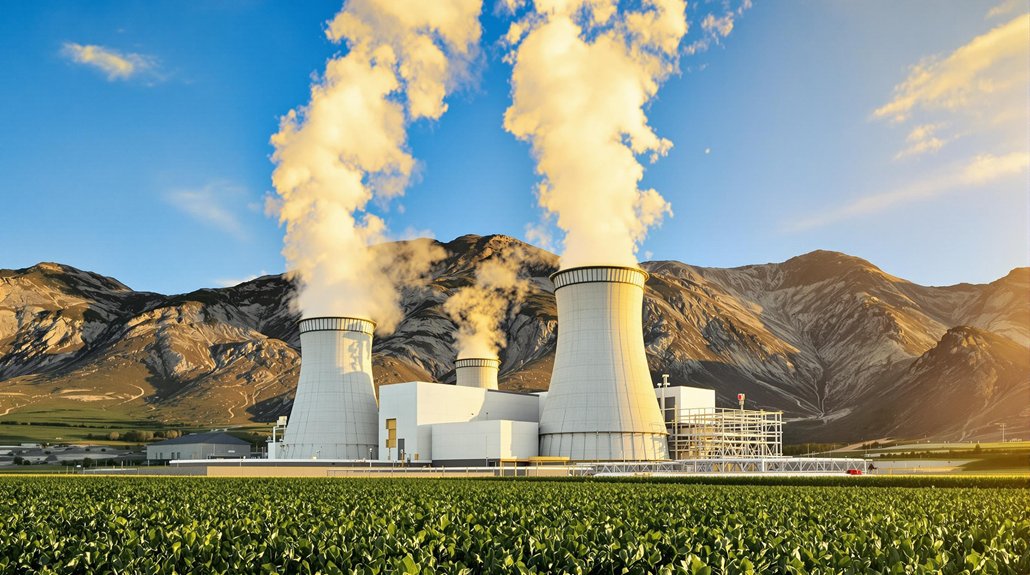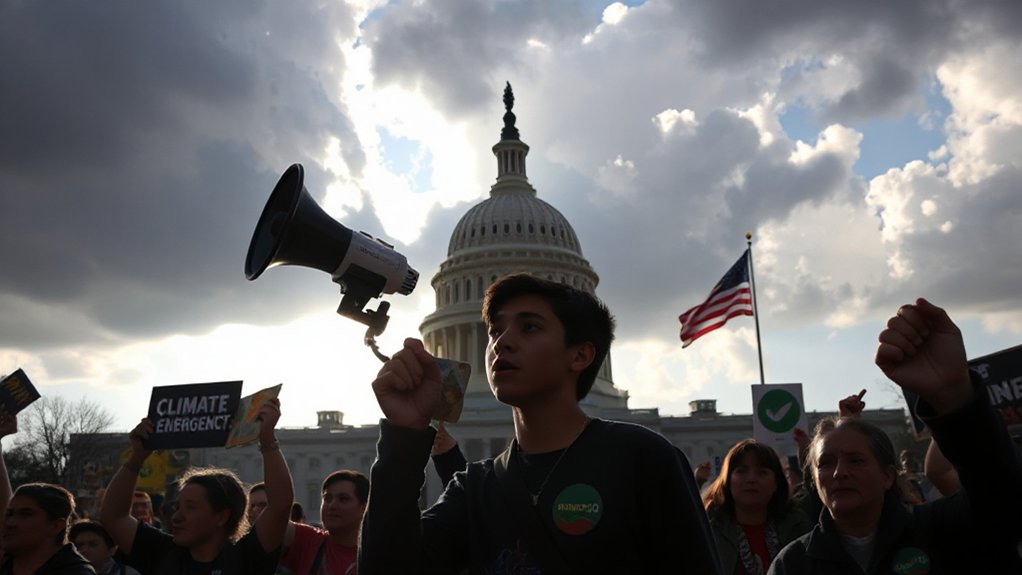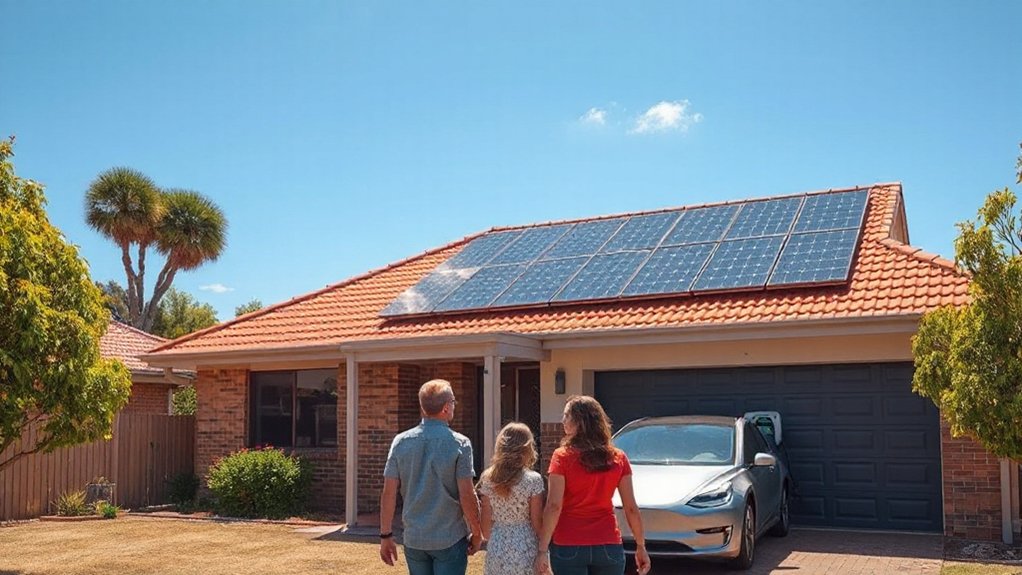The Great Basin‘s underground heat could transform America’s energy future. A recent USGS assessment found that the region could produce electricity equal to one-tenth of the country’s current power supply. This discovery shows the Great Basin might generate 135 gigawatts of baseload power using today’s technology.
The assessment covered Nevada and five neighboring states in the Great Basin area. Right now, geothermal energy makes up less than one percent of America’s electricity. If developed, this ten percent would mark a huge jump in clean power production.
Geothermal development could boost America’s clean electricity from under one percent to ten percent.
The Great Basin doesn’t have many large power plants compared to other parts of the country. The region’s current energy mix includes natural gas, coal, hydro, biomass, solar, and geothermal stations. Power lines, gas pipelines, and oil pipelines already cross through the area. The Bureau of Land Management oversees about 350 geothermal leases, with 55 actively producing energy. Thirty-four geothermal power plants operate under BLM supervision.
Recent developments show growing interest in the region’s heat resources. California licensed two new 49-megawatt geothermal plants in 2003, the state’s first approvals in over ten years. Nevada approved two plant expansions and one new 30-megawatt facility. Scientists found that hidden and non-hidden geothermal systems spread differently across the eastern and western parts of the Great Basin.
Nevada’s already making progress with renewable energy. In 2023, renewables generated 39 percent of the state’s total electricity. Solar panels make up a big chunk of this clean power. Over the past twenty years, geothermal energy has led renewable development in the Great Basin, with wind power playing a smaller role.
The region’s energy future looks busy. Several oil, gas, and hydrogen pipelines are planned to cross the Great Basin. New power transmission lines are also in the works. Small solar farms have popped up in Oregon, Washington, Idaho, and Utah, often sharing space with farmland. Similar to the Alta Wind Energy Center which reduces CO2 emissions significantly, renewable energy development in the Great Basin could substantially decrease carbon pollution across the Western United States.
Environmental impacts vary between different energy types. Many proposed solar facilities would sit on sagebrush lands. Some might target areas with saltbrush, greasewood, or cheatgrass. Large solar farms often contain tens of thousands of panels and need access roads for maintenance.
References
- https://www.usgs.gov/news/national-news-release/enhanced-geothermal-systems-great-basin-could-supply-10-us-electricity
- https://www.eia.gov/state/analysis.php?sid=NV
- https://www.fs.usda.gov/rm/pubs/rmrs_gtr204/rmrs_gtr204_024_028.pdf
- https://docs.nrel.gov/docs/fy25osti/90683.pdf
- http://www.conservationgateway.org/ConservationByGeography/NorthAmerica/UnitedStates/nevada/Documents/Renewable Energy Literature Review_UPDATED.pdf
